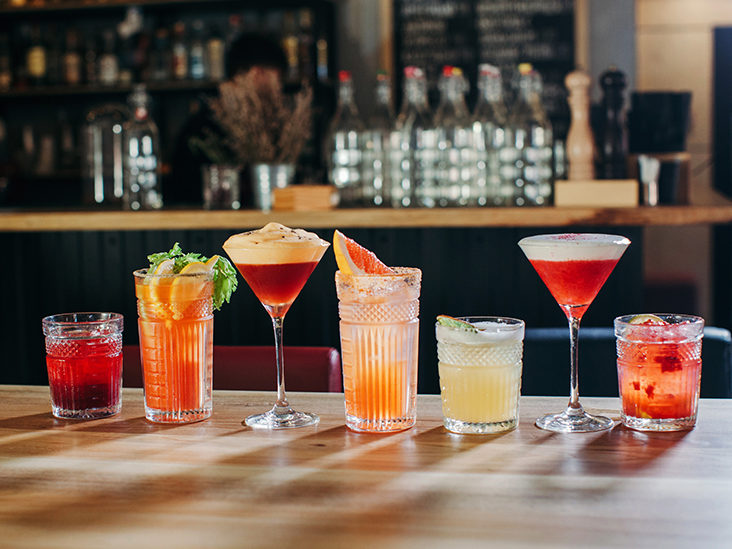Cocktails should taste good, but they should also do something for the eye because it is a well-known fact that the eye drinks with you. Give your imagination and creativity free reign when you get to the final step of cocktail making–garnishing. There are very few drinks for which a garnish is superfluous or frowned upon. There are the classics whose garnishes have been! Predetermined by generations of bartenders, such as the olive in a Dry Martini, the cherry in a Manhattan, the pearl onions in a Gibson, the mint for juleps, and cucumber peel for Pimm’s. For all exotic and tropical drinks, and especially for fancy drinks, you can do whatever your heart desires as far as garnishing is concerned, but you should bear a few rules in mind.
Only use ingredients for the garnish suitable for the drink in terms of taste and color.
The garnish is supposed to decorate the drink, not degrade it, overload it, or even push it into the background. Less is often more. Generally, just a slice of orange perched on the rim of the glass, a wedge of lime, a spiral of lemon peel, a maraschino cherry, or an apple cocktail garnish is enough.
If you use fresh fruit, make sure that it is ripe and blemish-free, and slice it carefully. Twists of citrus-fruit peel are best cut with a potato peeler or a citrus zester, which professionals use. There is no limit to what you can use when choosing fruit, provided it is edible. Small fruit is very suitable, and pieces of fruit, such as baby apples or pears (canned), banana slices, black currants, Cape gooseberries, grapes, kumquats, lychees maraschino cherries, melon balls, and raspberries.
Cherries give you great scope because you can choose between red or green maraschino cherries, which are readily available from supermarkets. In specialist stores, you might even find golden, orange, and black cherries and sour-tasting Amarena cherries, which are preserved in a rum syrup. If you want to use fresh cherries, choose pairs of cherries on the stem. Pieces or slices of apricots, citrus fruits, figs, kiwi fruit, peaches, pineapple, star fruit, and wedges of mandarin and lime are also beautiful. Black and green grapes are highly decorative.
Strawberries and raspberries look great, too, if they are drizzled with lemon juice and then dipped in sugar; they look as though they are hosted. Fruit can also be dusted with confectioners’ sugar for an attractive finish. On the other hand, slices of apple and pear are not very suitable for garnishing because they turn brown quickly. However, if you want to use them, drizzle them with lemon juice to delay discoloration.
Vegetable garnishes are suitable for savory mixed drinks and include fiery sticks, cucumber peel or slices, green olives, pearl onions, and cherry tomatoes. Thin pepperoni slices also make an attractive garnish for robustly flavored, spicy drinks.
Fresh herbs also provide variety in or on the glass. For example, fresh basil goes very well with mixed drinks, including tomato or vegetable juice, lemon balm goes well whenever lemon juice is used; and mint leaves are “the icing on the cake” for drinks based on peppermint liqueur or syrup. A touch of green can be added with pineapple leaves, which are speared on toothpicks or kabob sticks and fanned out, but you can not eat them.
There are various ways to practice the art of garnishing. Make a single Incision in whole fruit or pieces of fruit from the middle to the edge and perch them on the rim of the glass.


